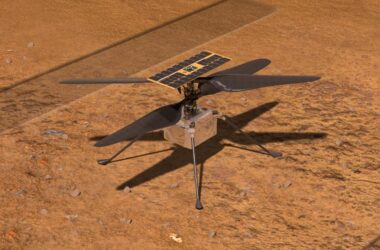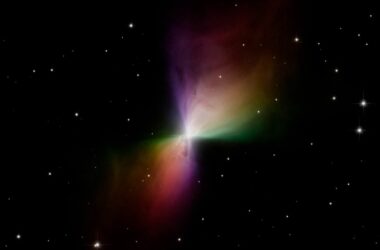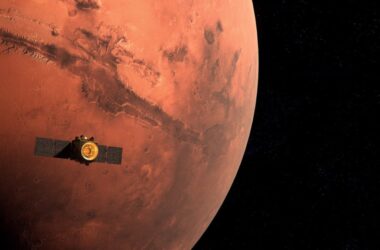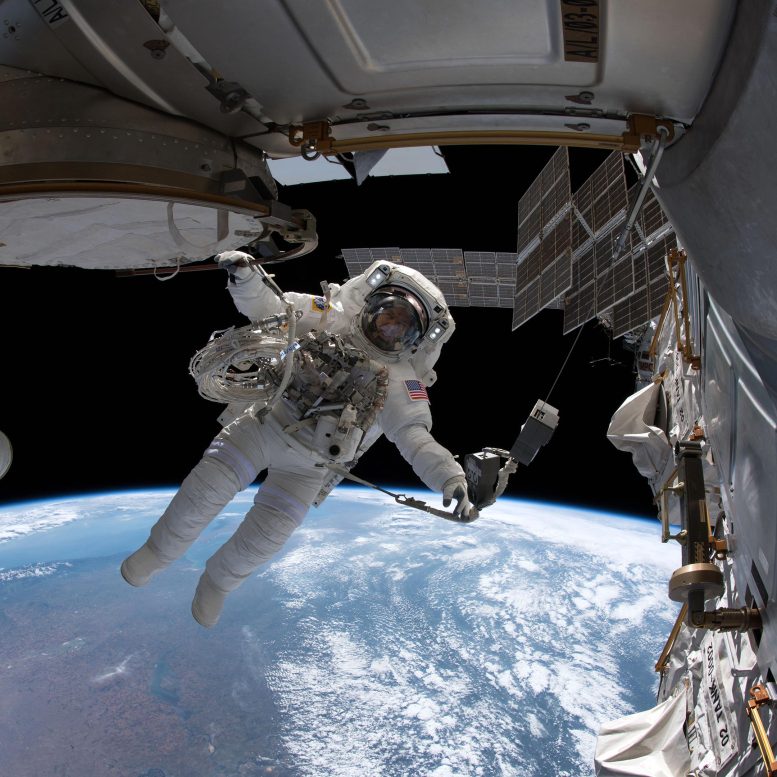
L’astronaute de la NASA Drew Feustel est photographié attaché à la Station spatiale internationale juste à l’extérieur du sas Quest lors d’une sortie dans l’espace qu’il a effectuée avec son collègue Ricky Arnold (hors du cadre) le 14 juin 2018. Crédit : NASA
Les préparatifs de la sortie dans l’espace et la recherche sur le cancer faisaient partie des activités prévues à bord de la Station spatiale internationale ce jeudi. L’équipage d’Expedition 66 a également déballé un vaisseau cargo américain et exploré l’utilisation de la réalité virtuelle lors de ses exercices.
;” data-gt-translate-attributes=”[{” attribute=””>NASA astronauts Raja Chari and Kayla Barron began readying the U.S. Quest airlock and collecting tools ahead of a pair of spacewalks planned for mid-March. The duo also reviewed step-by-step spacewalk procedures on a computer using 3D graphics. NASA is continuing to set up the space station’s truss structure for a third set of roll out solar arrays augmenting the orbiting lab’s power system.
Chari earlier partnered with ESA (European Space Agency) Flight Engineer Matthias Maurer investigating how living in space affects visual function. NASA Flight Engineer Thomas Marshburn assisted the duo with the research in the morning before spending the afternoon troubleshooting components on the COLBERT treadmill. Maurer ended his day wearing virtual reality goggles while pedaling on an exercise cycle to learn how to improve the work out experience in space.
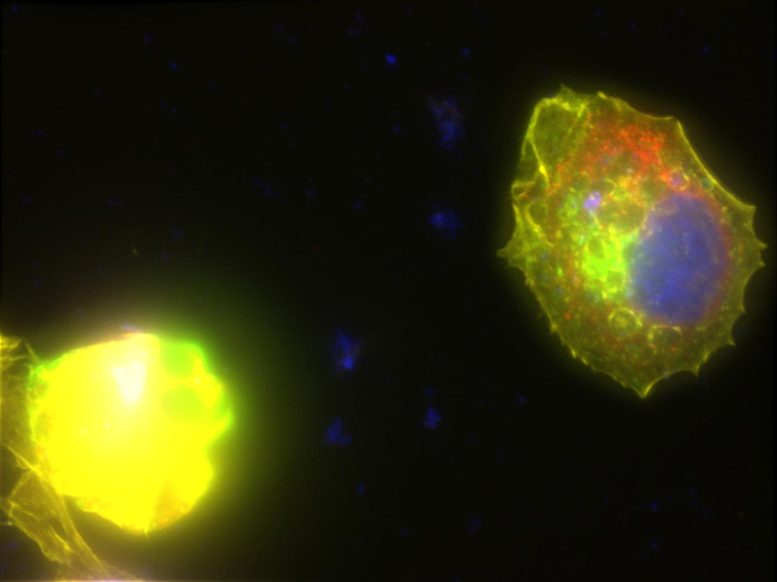
This image shows immunofluorescence of breast cancer cells treated with a MicroQuin therapeutic. Staining shows a normal nucleus (blue) and the therapeutic (green) localized to the cell’s endoplasmic reticulum (red). The drug forces the cytoskeleton (yellow) to collapse, inducing cell death. Credit: Scott Robinson, MicroQuin
A new cancer study started this week after arriving aboard the Cygnus space freighter on Monday. NASA Flight Engineer Mark Vande Hei set up the Life Science Glovebox on Wednesday and began observing tumor cells shipped inside a Cygnus science freezer. On Thursday, Vande Hei continued servicing those samples to better understand the onset and progression of cancer and potentially improve treatments on Earth.
Commander Anton Shkaplerov of Roscosmos was back on plasma physics research Thursday and also transferred cargo from Russia’s ISS Progress 80 cargo craft. Flight Engineer Pyotr Dubrov inspected Russian station modules before exploring ways to maximize space exercise. The duo rounded out the day with eye scans using the Ultrasound 2 device with remote guidance from doctors on the ground.

